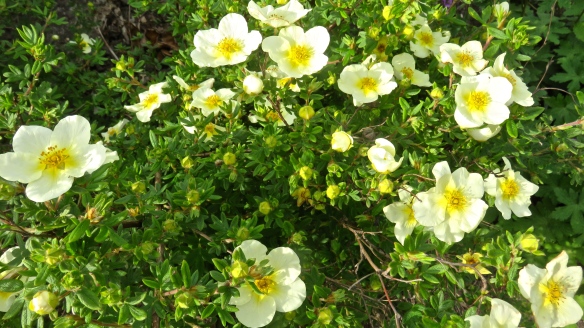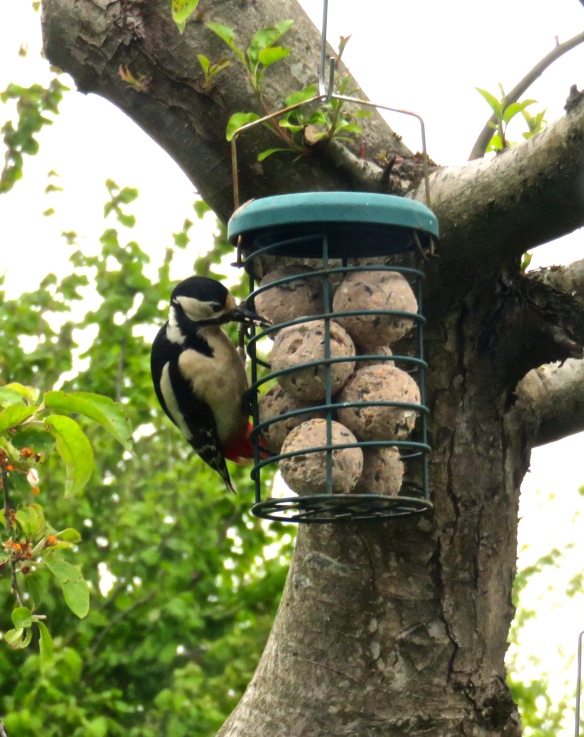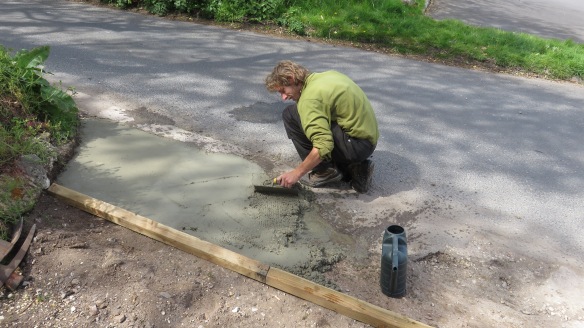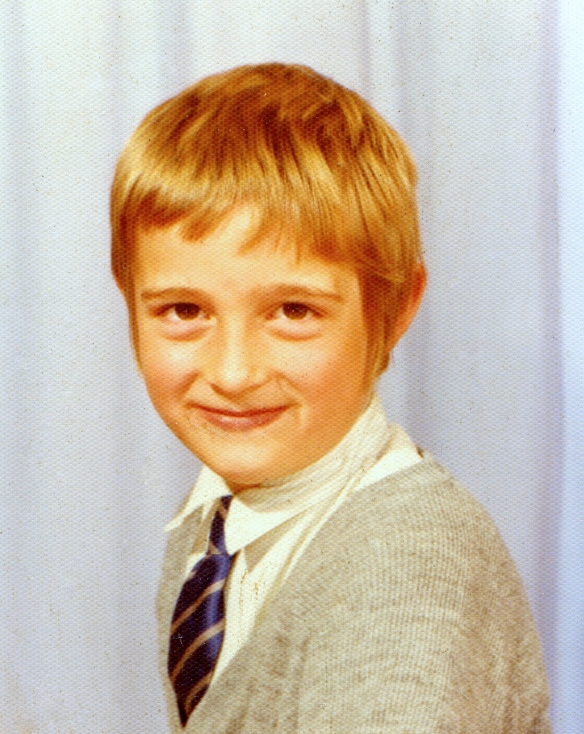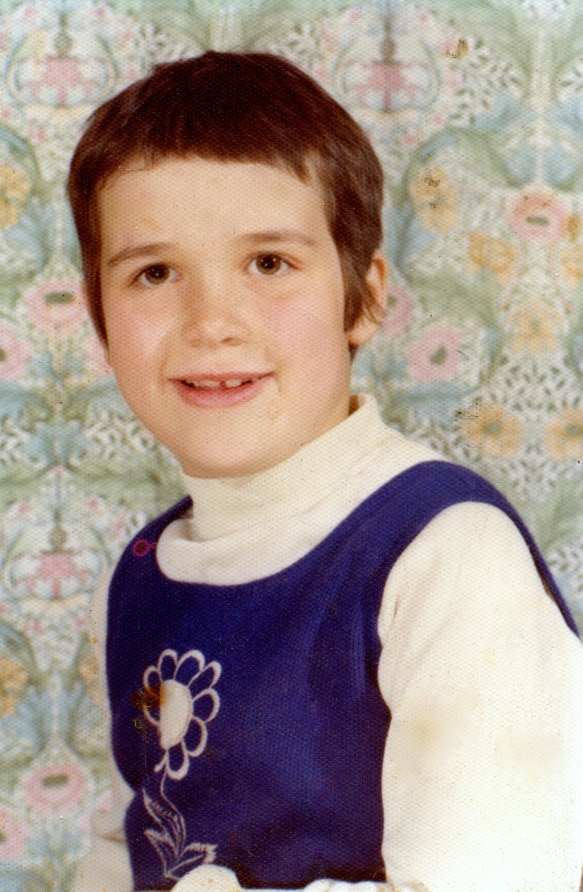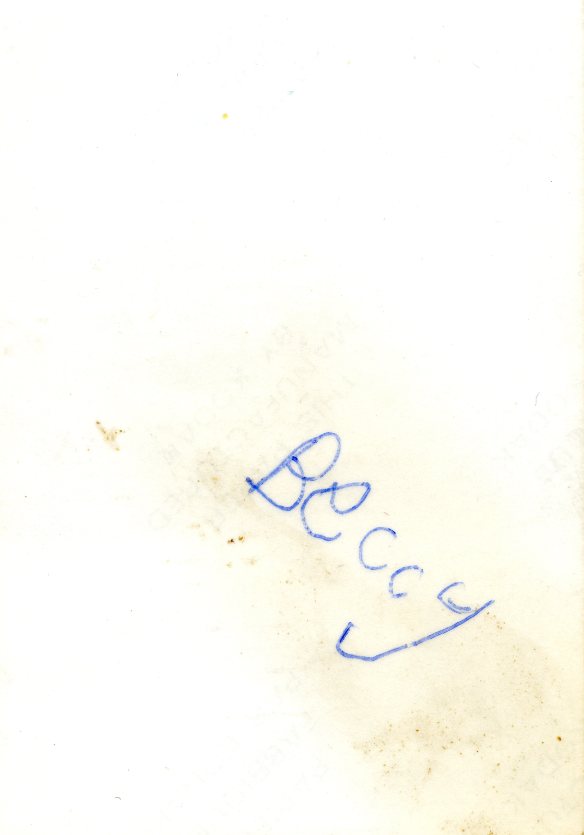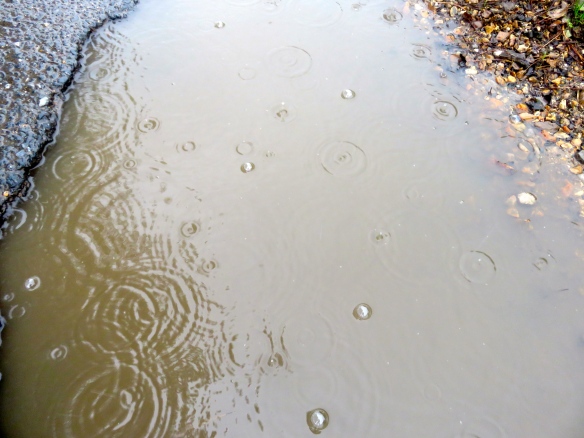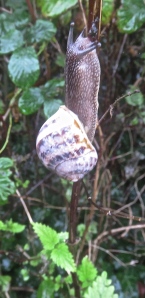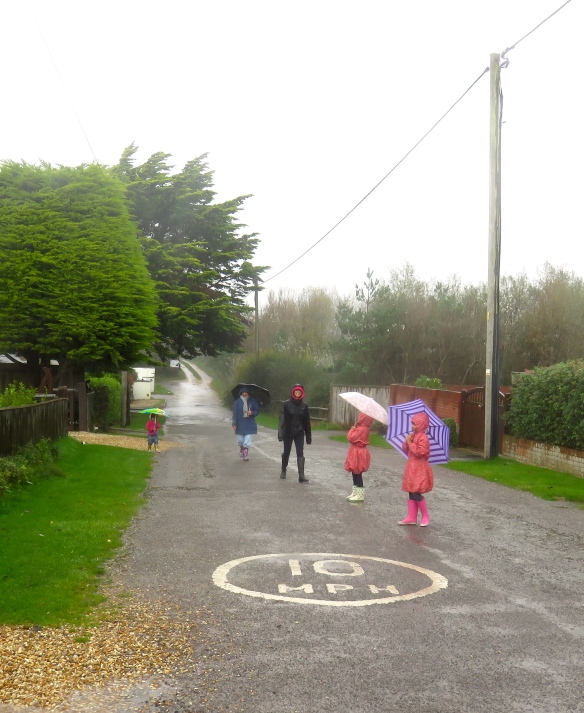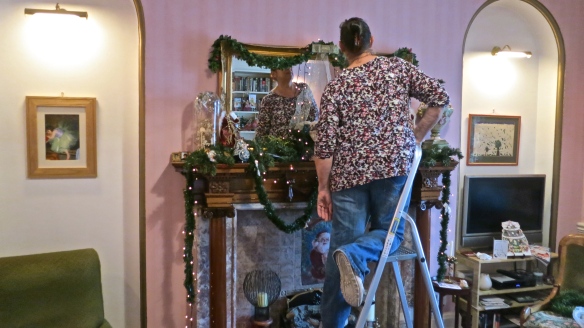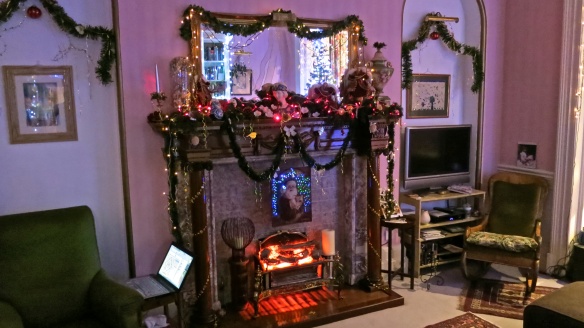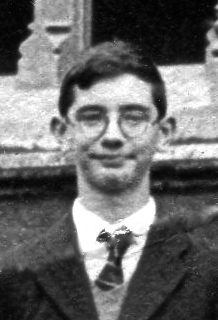In the summer of 1952, I spent a considerable amount of time in the public swimming baths at Latimer Road in Wimbledon. It was there that I taught myself to swim. I needed to do this in order to pass the scholarship. This was a name applied to the eleven plus exam which would take us to grammar school. I had no idea what it was, but I wondered how I would be able to pass it if I couldn’t swim. With that daft conception in my head it is a wonder I did pass it. Without getting wet.
Speaking recently with my sister Elizabeth, we realised that a visit by our great aunts Mabel and Evelyn to our home in Raynes Park, followed by individual invitations to tea, was probably a series of interviews resulting in Dad’s inheritance of Mabel’s house in Wimbledon.

In 1953 I was to experience another life-changing interview. Having passed the eleven plus examination I was entitled to attend a grammar school. Admission to the Catholic Wimbledon College, pictured above during my time there, required getting through another test. This was an interview with Fr Wetz, one of the three Jesuit priests from the school whose obituaries I was later to read in The Times. The only exchange I actually remember is the sporting one. I, who had never played any formally organised game in my short life, was asked which sports I liked best. Knowing the school’s bent, I replied “rugby”. “Oh”, was the response. “Where have you played that?”. “With my brother and sister”. I lied lamely. I must have been marked up for quick thinking.
On 22nd January 1965, the Labour Prime Minister, Harold Wilson, was to appoint Anthony Crosland Secretary of State for Education and Science. In her biography published in 1982, Susan Crosland wrote that her husband had told her “If it’s the last thing I do, I’m going to destroy every fucking grammar school in England. And Wales, and Northern Ireland”. I will be ever grateful that I finished my period of education long enough before he succeeded. My schooling ended earlier in 1960, when the result of the trial of ‘Lady Chatterley’s Lover’ meant that it would be possible for the Crosland quotation to be printed in full. I have no doubt that copies would have been widely circulated by those boys attending later that year.
The book, by D.H. Lawrence, was published by Penguin Books who were prosecuted under the Obscene Publications Act of 1959. The verdict, delivered on 2 November 1960, was “not guilty” and resulted in a far greater degree of freedom for publishing explicit material in the United Kingdom. The prosecution was ridiculed for being out of touch with changing social norms when the chief prosecutor, Mervyn Griffith-Jones, asked if it was the kind of book “you would wish your wife or servants to read”.

Someone nicked my copy, so I took this image from the many on the internet.
